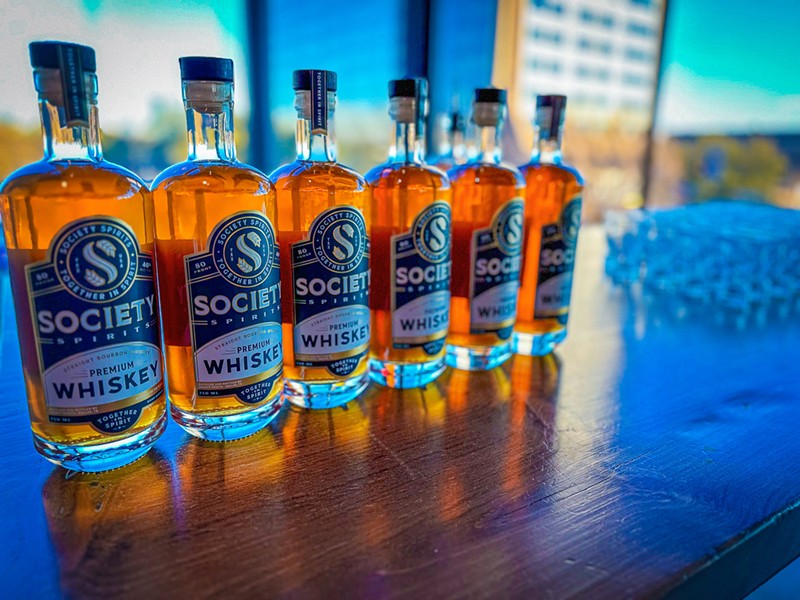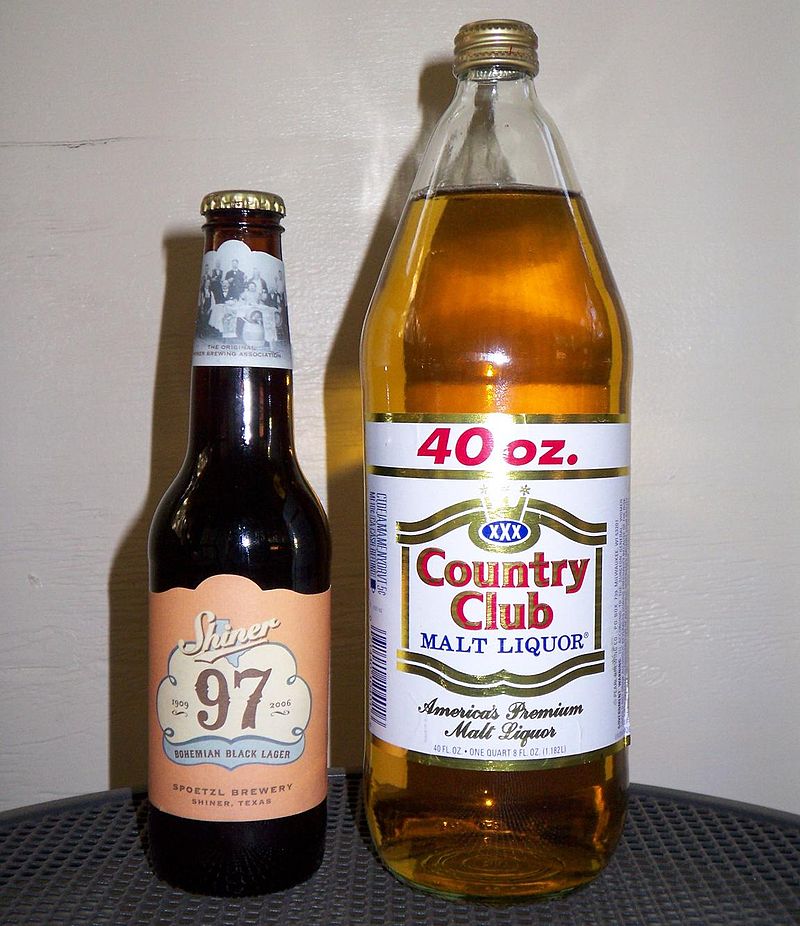Distillery Characteristics Revealed: a Trip With the Science and Art of Spirits Production
As the drapes are attracted back on the detailed world of distillery characteristics, a remarkable realm arises where scientific research and art assemble to create the spirits we enjoy. Behind the shut doors of distilleries lie secrets waiting to be unwinded, from the meticulous chemistry of distillation to the fragile dance of yeast in fermentation. The marriage of custom and technology in spirits production introduces a tapestry woven with strings of workmanship and technological innovations. Join us on a journey through the heart of distillation, where each decline of spirit tells a story of know-how and interest, assuring a much deeper understanding of the alchemy that changes grains and fruits right into the fluid gold we increase in a toast.
The Chemistry of Purification
The chemistry of purification, an essential process in the production of spirits, includes the splitting up of elements based on their different boiling points. This procedure counts on the concept that each component in a liquid combination has an unique boiling point, permitting their specific removal. When warm is used to the blend, the element with the most affordable boiling point will certainly evaporate first, rising via the still and at some point condensing back into liquid kind. This distilled liquid, referred to as the "heart cut," includes the preferred alcohol content and taste compounds.
During distillation, three main portions are obtained: the "heads," which have volatile substances and higher alcohols that can be hazardous if consumed in large amounts; the "hearts," the valued portion with the desired ethanol and flavor account; and the "tails," which include larger compounds and fusel alcohols. Experienced distillers have to carefully keep track of the temperature and circulation prices to separate these portions efficiently, making certain a premium end product. The chemistry of distillation is a delicate interaction of heat, evaporation, and condensation that transforms a straightforward fluid mixture right into a complicated and refined spirit.
Artisanal Craftsmanship in Spirits Making
In the middle of the globe of spirits manufacturing, artisanal workmanship plays a critical role in raising the top quality and character of distilled drinks (Galveston Whiskey). Artisanal craft distillers focus on small, hands-on production methods, typically using traditional techniques that have actually been passed down through generations. These dedicated craftsmen and ladies prioritize high quality over amount, paying careful interest to every step of the purification process
Artisanal workmanship in spirits making entails a deep understanding of the raw products used, such as fruits, grains, or botanicals, and exactly how their characteristics influence the final product. From selecting the finest active ingredients to meticulously monitoring aging, fermentation, and purification, artisans infuse their spirits with interest and competence.
Moreover, artisanal craft distillers commonly embrace testing and development, pushing the limits of typical spirits manufacturing. They may introduce distinct taste profiles by including locally sourced active ingredients or using creative aging techniques. This dedication to imagination and quality results in spirits that are not just of remarkable quality yet additionally display the artistry and individuality of the distiller.
Developments in Aging Techniques

One famous development gaining traction is making use of smaller barrels for maturing spirits. By increasing the surface area-to-volume proportion, smaller barrels present flavors much more rapidly, causing a more extreme maturation procedure. This technique is specifically popular among craft distillers seeking to generate premium spirits in a shorter duration.
Moreover, distillers are progressively transforming to different timber kinds, such as cherry or acacia, to pass on unique flavors to their aged spirits. These unique woods use an one-of-a-kind taste account, setting their products apart in an open market.
In addition, developments in modern technology have allowed distillers to discover increased aging techniques, such as ultrasound or temperature level and stress variants. These techniques enable specific control over the aging process, resulting in cutting-edge flavor profiles that push the limits of typical spirits production.

The Function of Yeast in Fermentation
A necessary part of the fermentation procedure in distilling is the function played by yeast. Yeast, a single-celled microbe, is important in transforming sugars right into alcohol and carbon dioxide throughout fermentation. In the context of distilling spirits, yeast plays a pivotal function in the production of ethanol, which is the primary alcohol in many liquors.
Yeast attains this via the procedure of anaerobic respiration, where it metabolizes sugars such as sugar and fructose right into ethanol and co2. Different stress of yeast can give unique flavors and aromas to the last spirit, adding to the intricacy and personality of the distilled item. Distillers meticulously choose yeast stress based on their preferred taste account and fermentation features.
The fermentation procedure can last anywhere from a few days to a few weeks, relying on elements such as yeast sugar, temperature, and pressure material. Tracking and regulating the fermentation process are vital discover this info here to make certain optimal yeast activity and alcohol production. In general, yeast is a basic gamer in the alchemical change of raw active ingredients into the perky elixirs appreciated by customers worldwide.
Sustainable Practices in Distilleries
Distilleries are significantly recognizing the importance of taking on environment-friendly steps throughout the production process. Distilleries need substantial quantities of water for numerous stages of manufacturing, and carrying out water recycling systems or using rain harvesting techniques can dramatically minimize water use and lessen the distillery's general ecological impact.
Distilleries are checking out cutting-edge means to repurpose spin-offs such as invested grains or distillation deposits, turning waste right into sources through techniques like pet feed manufacturing or composting. By welcoming sustainable practices, distilleries can not just minimize their environmental effect however additionally appeal to eco aware consumers and contribute to a more sustainable future for the market.
Final Thought
Finally, the intricate characteristics of distillery procedures involve a combination of scientific concepts and imaginative craftsmanship. From the chemistry of distillation to the duty of yeast in fermentation, distilleries are continuously introducing and exploring to create top quality spirits. By incorporating sustainable techniques and welcoming new aging techniques, distilleries are shaping the future of the industry. The blend of tradition and advancement in spirits production highlights the complexity and creative thinking associated with my sources this old craft.
As the curtains are attracted back on the elaborate world of distillery dynamics, a fascinating realm arises where scientific research and art assemble to develop the spirits we enjoy.The chemistry of distillation, a basic process in the production of spirits, involves the separation of components based on their different boiling factors.Furthermore, artisanal craft distillers often welcome experimentation and advancement, pushing the limits of traditional spirits manufacturing. In the context of distilling spirits, yeast plays an essential role in the manufacturing of ethanol, which is the key alcohol in most alcoholic drinks.
From the chemistry of purification to the duty of yeast in fermentation, distilleries are constantly trying out and innovating to develop top quality spirits.